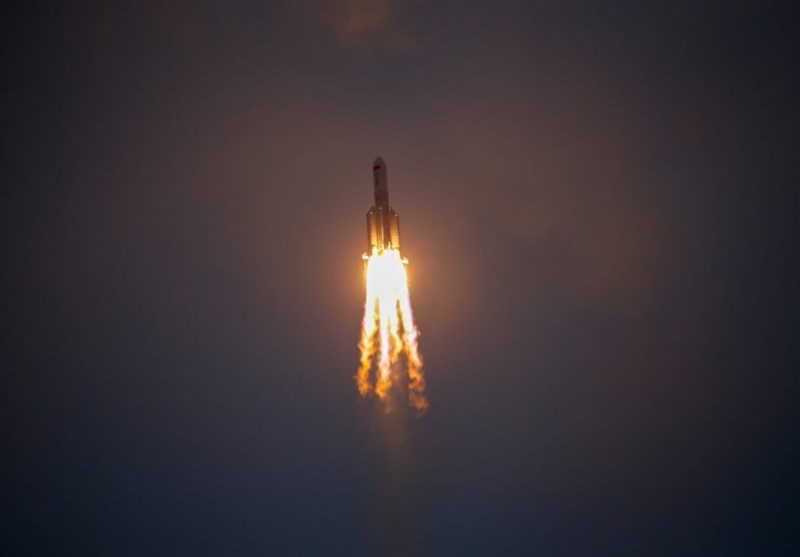TEHRAN (Iran News) – NASA’s Center for Near-Earth Object Studies is tracking a giant asteroid that will approach Earth’s orbit on May 21.
The asteroid measures between 670 metres and 1.5 kilometres in diameter, the equivalent to 2198ft and 4921ft wide, the Daily Star reported.
NASA has dubbed the rock 136796 (1997 BQ), and it was first observed by astrologists on January 16, 1997.
It is classed as an Apollo asteroid, one which intersects with Earth’s orbit during its space journey.
The asteroid is expected to approach Earth’s orbit on Thursday, May 21st at 9.45 PM Eastern Time, or 02.45 am on Friday, May 22nd British Standard Time.
NASA estimates the asteroid is travelling at 11.68 kilometres a second or 26,127 miles per hour.
It is registered as a Near-Earth object as it is expected to come within 1.3 astronomical units – 150 million kilometres (93 million miles) – between Earth and the Sun.
A Near-Earth object is any small Solar System body, including comets, whose orbit brings it to proximity with Earth.
NASA’s National Near-Earth Object Preparedness Strategy and Action Plan has previously warned asteroids up to 1km in diameter can initiative a chain of devastating events.
NASA’s report states: “Objects close to and larger than one kilometre can cause damage on a global scale.
“They can trigger earthquakes, tsunamis, and other secondary effects that extend far beyond the immediate impact area.
“An asteroid as large as 10 kilometres across is thought to have caused the extinction of the dinosaurs when it struck the Yucatan peninsula some 65 million years ago.”
Astronomers are currently tracking nearly 2,000 asteroids, comets and other objects that threaten our planet.
According to Nasa, a NEO is a term used to describe “comets and asteroids that have been nudged by the gravitational attraction of nearby planets into orbits that allow them to enter the Earth’s neighbourhood”.
Earth hasn’t seen an asteroid of apocalyptic scale since the space rock that wiped out the dinosaurs 66million years ago.
- source : Tasnim, Irannews






























